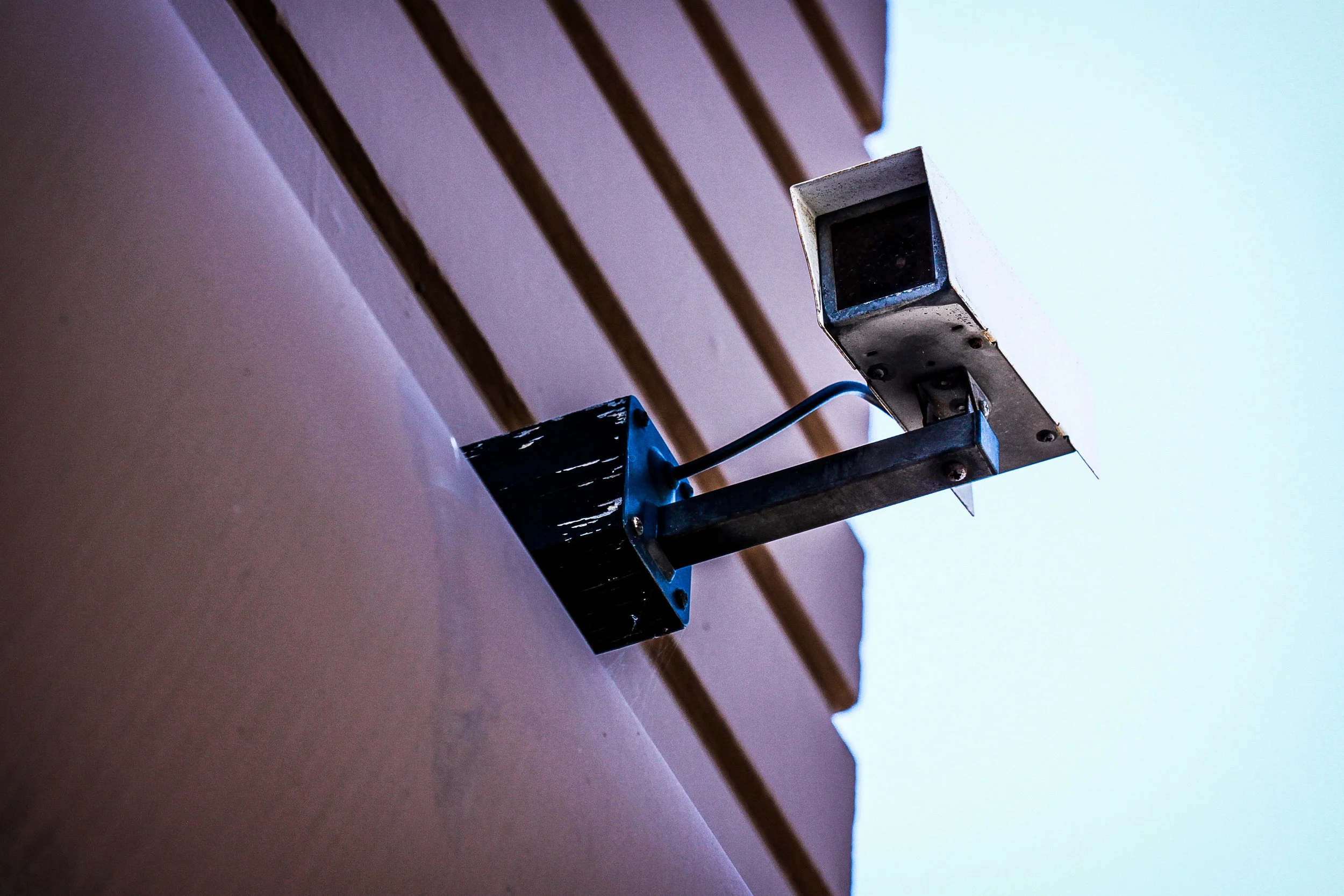Charlie’s connected life story continues with him being an advocate of water conservation prompted by the drought and rationing of lawn watering. Specifically, Charlie can access the city open data from the smart water management app on his smartphone for data on water rationing. Further, Charlie’s home is equipped with sensors in his waste containers to signal the waste management company for pick-up; and participated in replacing toilets in his smart home with a more efficient water usage for toilet flushes.
Read MoreWhile Charlie was in the office, he received a notification from the smart home solution that FedEx dropped a package for him and it is at his next-door neighbor per Charlie’s previous standing instructions. Specifically, the FedEx courier’s photo, a photo of the package, and a link for tracking of the delivery were forwarded to Charlie.
Read MoreCharlie resides in North-side of the city and works downtown. He is an advertising executive and drives his car everywhere – office, clients’ locations, city parks, gym, docks for kayaking, etc. Charlie would love to live in a city with high standard of living at an affordable cost and his commute cheaper. In essence, Charlie is looking for the technology around him to work in sync with his very hectic life.
Read MoreWhat is a smart city vertical you may ask? To answer this question, we have to go back to the genesis of smart city, a.k.a. Internet of Things (IoT). Gartner defines IoT as: “The network of physical objects that contain embedded technology to communicate and sense or interact with their internal states or the external environment.” As for Whatls.com, “IoT is a system of interrelated computing devices, mechanical and digital machines, objects, animals or people that are provided with unique identifiers and the ability to transfer data over a network without requiring human-to-human or human-to-computer interaction.”
Read More


